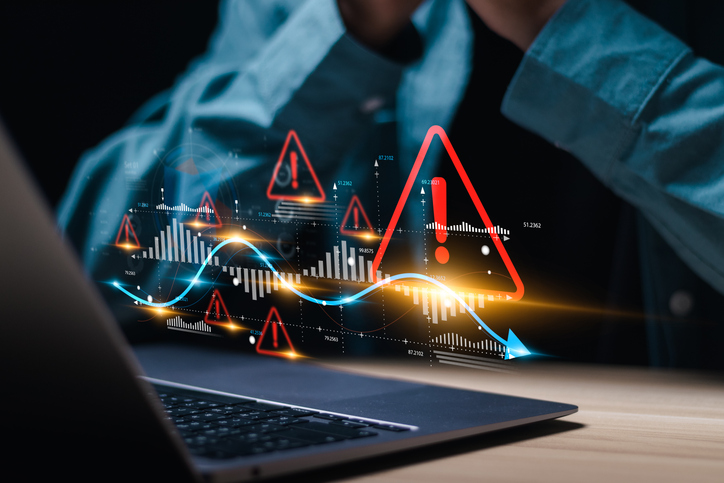Researchers at technology giant IBM are predicting the demise of the equity trader by 2015. Traders, it is reckoned, are destined for the scrapheap, and will be replaced by computers. But this conversion could have its downside for IBM.
In a September 2006 white paper, the IBM researchers claim that algorithmic trading systems will have rendered 90% of today’s trading jobs obsolete within 10 years.
“The lone gunslinger of the open-outcry trading floors is rapidly being replaced by ultra-fast, computerised trading systems which are more akin to robots with machine guns,” proclaimed the text.
These new computerised trading systems will be able to use massive processing power and complex algorithms to operate continually, rendering puny human alternatives useless, so the theory goes.
But in fact, IBM’s predictions could be years out: the first iterations of the technology are already springing in to action. In October 2006, Gstock.com launched as an online stock-picking service. It uses a grid of interconnected PCs to create a virtual super-computer, harnessing this power to predict stock prices.
One of the great advantages of computerised systems is, according to the IBM researchers, the complete impartiality and consistency of the results: no chance for favour, or for human error creeping in through operational errors or fat fingers.
It is therefore interesting to see the early results from Gstock.com: at the time of writing IBM’s stocks were determined to be an emphatic “sell”.
In fact, Gstock.com’s distributed computing brain has little praise for the industry that gave it life. Technology stocks including Microsoft, Hewlett-Packard and Google all carried recommendations to sell.







